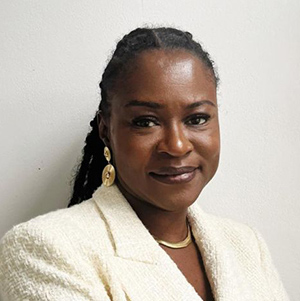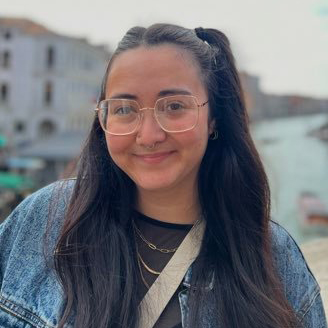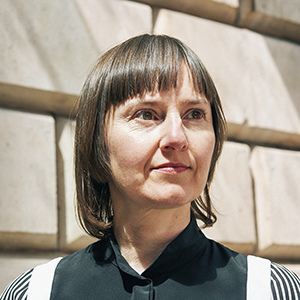Nkechi-Vivien Ashiedu

Design & Construction Management, London, United Kingdom
What inspired you to want a life in Architecture and the creative industries?:
Growing up as a second-generation immigrant to Nigerian parents, I had the privilege of being immersed in both British and Nigerian cultures, offering me a unique perspective on societal differences, particularly in healthcare and education. This stark contrast ignited a passion within me from a young age, prompting a desire to make a positive impact through architecture. By age ten, I had envisioned myself as a builder with a noble cause – constructing free schools and healthcare clinics in Africa. Though my aspirations remain aligned with this vision, my journey has since evolved, enriched by a deeper understanding of the complexities involved. Today, I am more informed and committed than ever to contributing meaningfully to the field of architecture, with the ultimate goal of creating sustainable and impactful structures that address the pressing needs of communities in Africa.
Who inspired you in finding your path to Architecture/Film and the creative industries?:
My journey toward architecture and film in the creative industries was significantly influenced by the author Nick Wates and his impactful work, ‘The Community Planning Handbook.’ Wates’ comprehensive and practical approach to community planning resonated deeply with me, inspiring a newfound confidence to take a year out and engage in hands-on community projects in Kenya, Uganda, and India. The handbook, which I have valued for almost two decades, delves into various critical aspects such as urban design, sustainability, and regulatory considerations. Its practical guidance, presented through case studies, checklists, and step-by-step instructions, has been an invaluable resource. This enduring relevance to current issues has shaped my perspective and fueled my commitment to contributing meaningfully to the creative industries, particularly in the realms of architecture and film.
How you unlock obstacles and overcome bias in your work?:
Navigating the challenges as a Black woman in architecture has been an arduous yet fulfilling journey for me. From a young age, my unwavering vision became a guiding light that propelled me through obstacles and biases. Despite the struggles, I persevered and transitioned into Construction development, where competence and excellence became the primary focus. In this field, my progress has been rapid, affirming that merit and capability supersede any preconceived biases. Over the years, this experience propelled me to establish my responsible management consultancy for the built environment. Now, as a business owner, I am actively shaping an environment that works for me and my passionate team, fostering a culture in design and build that values diversity, creativity, and excellence. This journey has defined my professional trajectory and reinforced my commitment to breaking down barriers and inspiring positive change in the industry.
What improvements do you feel are required to promote effective change in the academic and working environment?:
A comprehensive approach is necessary to promote effective change in academic and working environments. Initiatives should prioritise diversity and inclusion through ongoing cultural competency training and transparent evaluation processes, ensuring fair opportunities for all. Mental health support and flexible work arrangements can contribute to well-being and work-life balance. Curricula should be regularly reviewed and updated to include diverse perspectives, and accessible learning resources should be provided. Mentorship programs, community engagement, and transparent communication foster inclusivity and support. Leveraging technology for enhanced learning experiences and administrative efficiency creates adaptable, empowering environments that facilitate positive societal change.














